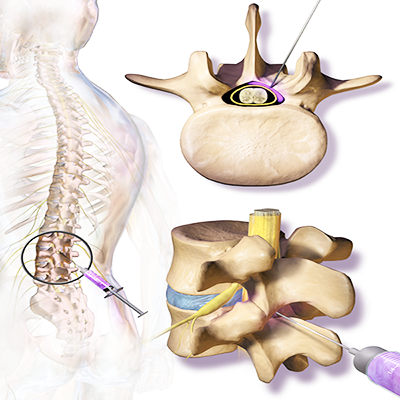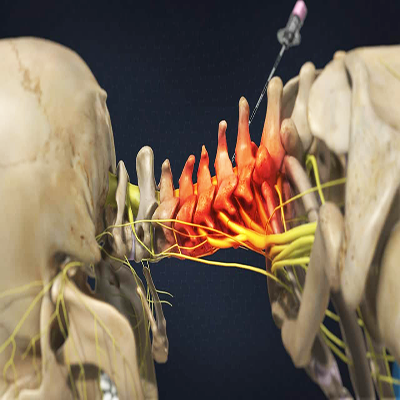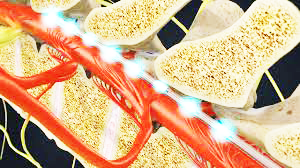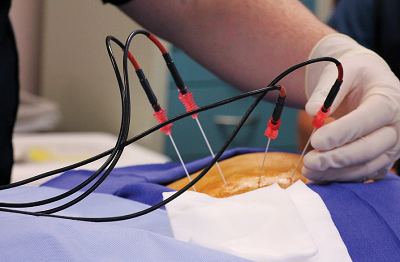Backache
If you complaint of
-
Persistent aching or stiffness anywhere along your spine.
-
Sharp, localized pain in the neck, upper back, or lower back
-
Chronic backache in the middle or lower back, especially after sitting or standing for extended periods
-
Inability to stand straight without having pain or muscle spasms in the lower back
It can be due to
Mechanical
1)The most common mechanical cause of backache is a condition called inter-vertebral disc degeneration,
which means that the cushion pad between two vertebrae of the spine are getting harder with age. Hard disc
can lead to stiff back and pain after prolonged walk or standing.
2) Arthritis (redness) of the facet joints, which are small joints between two vertebrae.
3) Other mechanical causes include muscle spasm, and ruptured discs, also called herniated disc.
Back injury
1) Accidental injury to the spine can cause sprains and fractures can cause either acute or chronic back pain.
2) Sprains are tears in the muscle that support the spine.
3) Vertebral body can fracture due to osteoporosis or porous bone in old age or disease.
Disease and Disorders
1) In Scoliosis the spine is curved on either side which can cause pain.
2) Spondylolisthesis and various forms of arthritis, including osteoarthritis, rheumatoid arthritis, and ankylosing spondylitis can cause stiff backache.
3) Spinal stenosis is the narrowing of the spinal column that puts pressure on the spinal cord and nerves.
4) Osteoporosis in itself is not painful, but can lead to painful fractures of the vertebrae.
5) Osteomyelitis, Pregnancy, kidney stones and fibromyalgia can cause widespread muscle pain.
Emotional Factor
Stress can affect the body in many ways, including causing back muscles to become tense and painful. Untreated depression and anxiety can make back pain feel much worse. Likewise, insomnia, or the lack of sleep, can also contribute to back pain.
Treatment options
 Spinal Epidural Injections
Spinal Epidural Injections
Depending on the site and severity of the pain, Injections like the Cervical, Thoracic and Lumbar Inter-laminar Epidural Injections and Trans-foraminal injection can be given to alleviate pain. These injections reduce the redness and swelling of the spinal nerve roots, thereby decreasing pain, tingling and numbness.
 Spinal cord stimulation
Spinal cord stimulation
Spinal cord stimulation is a procedure that delivers ultra low electrical signals to the spinal cord to block pain signals from reaching the brain. Spinal cord stimulation is recommended when other treatments has failed.
 Radiofrequency ablation
Radiofrequency ablation
Radiofrequency ablation (RFA) uses heat to destroy tissue. For pain management, radio waves are sent through a precisely placed needle to heat an area of the nerve. This prevents pain signals from being sent back to your brain. RFA is considered for long-term pain conditions, especially of the neck, lower back or arthritic joints that haven’t been successfully treated with other methods.
 Ozone Discectomy
Ozone Discectomy
Injection of Ozone-Oxygen mixture into the affected disc is a new alternative method of treating patients suffering from back and leg pain (sciatica) caused by disc prolapseain signals from that specific area. RFA has proven to be a safe and effective way to treat some forms of pain. It also is generally well-tolerated, with very few associated complications.
.